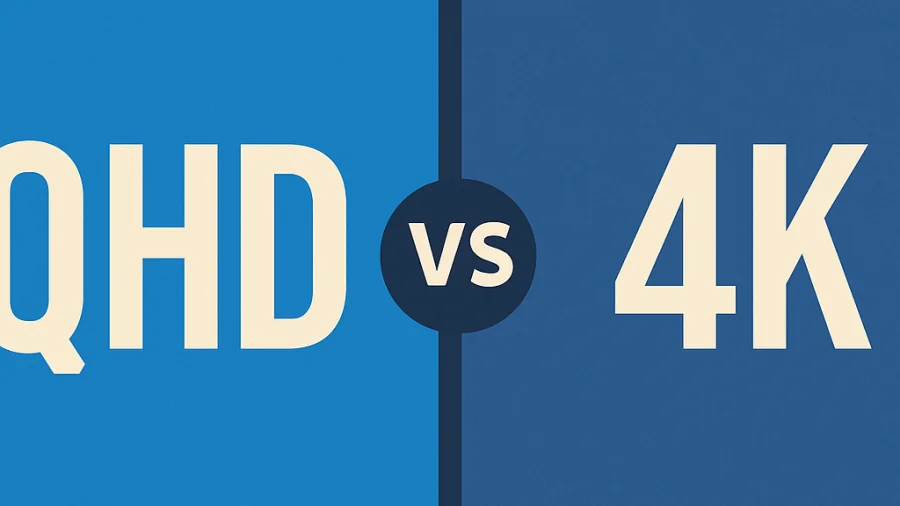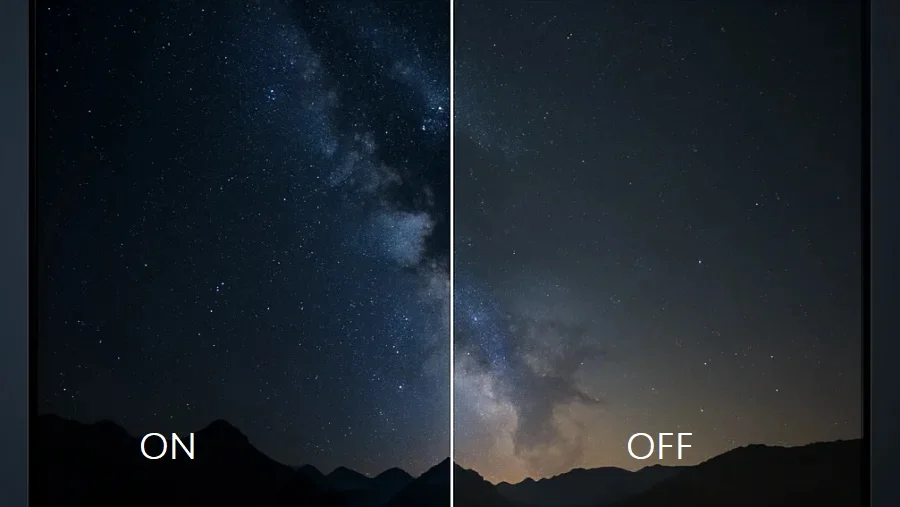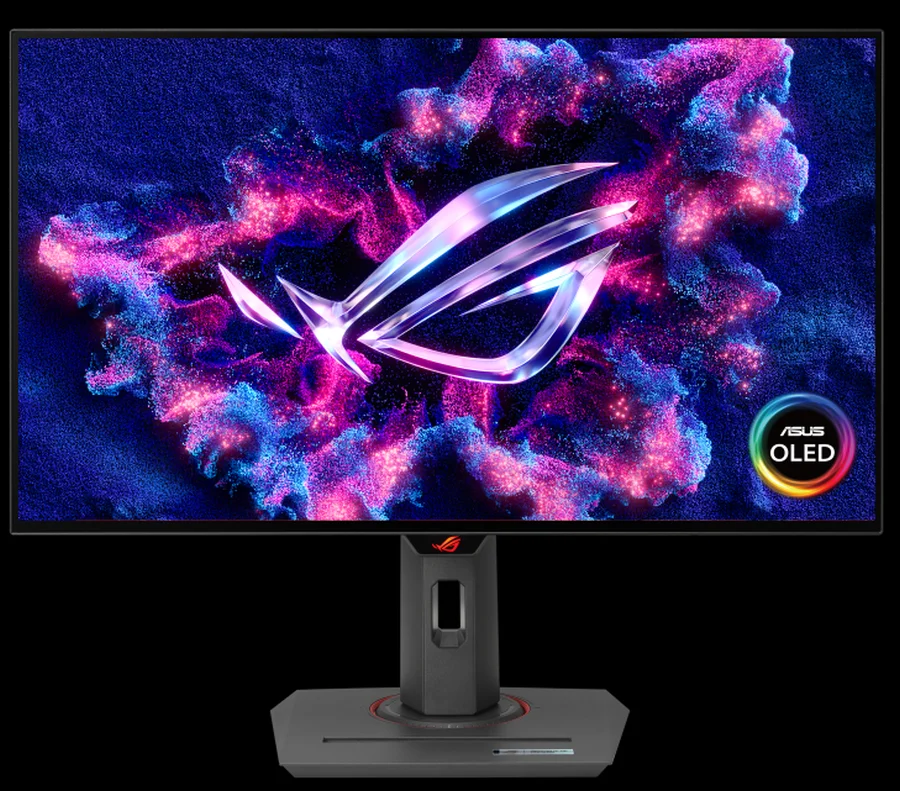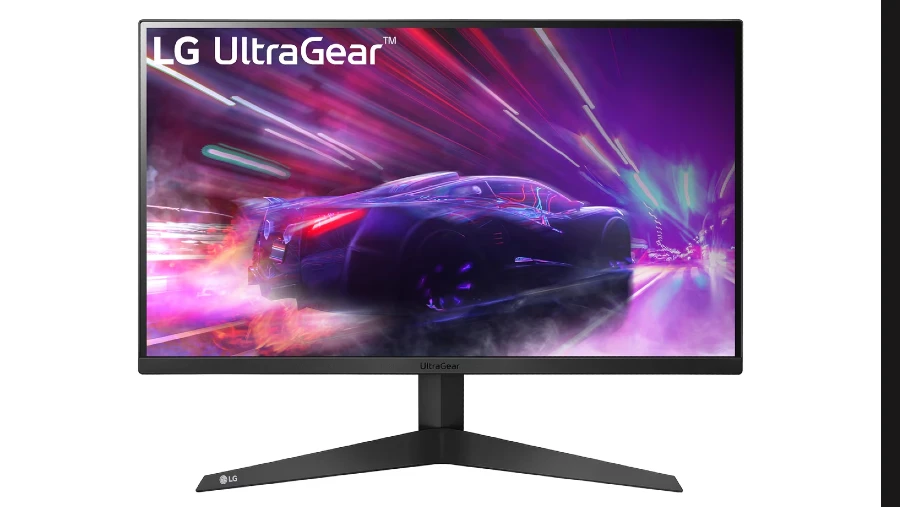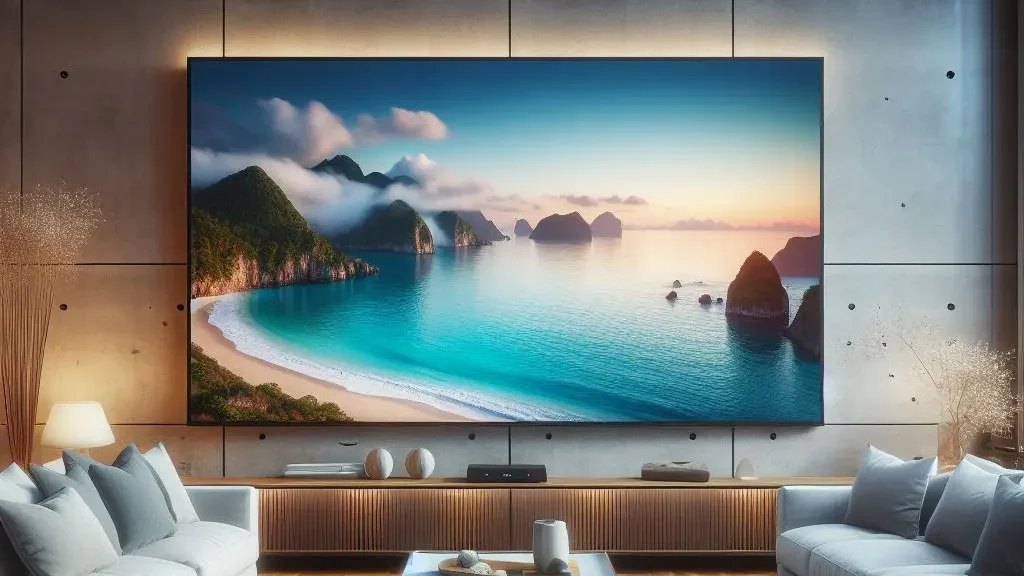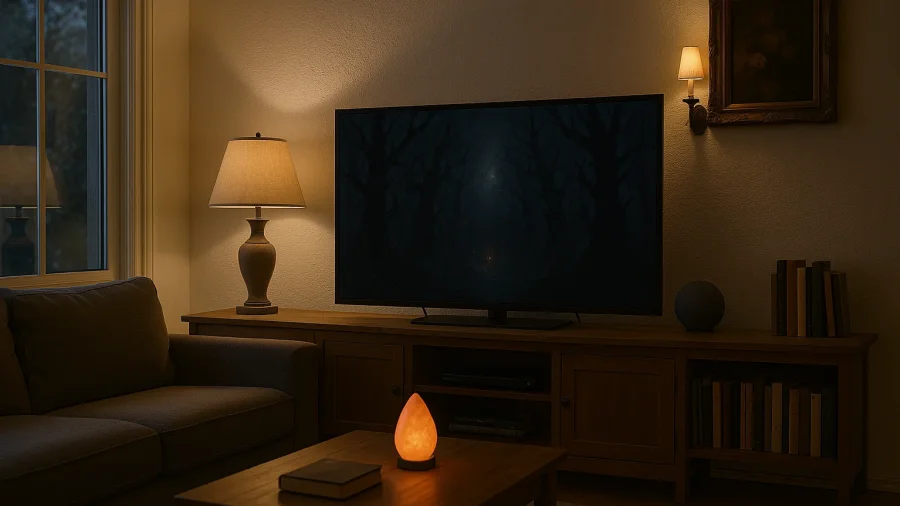
High Dynamic Range (HDR) is a technology that significantly enhances the color, brightness, and contrast ratios of a display.
This enhancement allows the image to appear much closer to what we see in real life.
HDR uses wider range of colors and brightness levels than standard dynamic range (SDR) displays.
It brings out details in the darkest and brightest areas of an image, providing a more immersive and realistic viewing experience.

Understanding the difference between HDR10 vs HDR400/HDR600/HDR1000
HDR10 serves as the foundational standard for HDR content and display capabilities. Established in 2015 by the Consumer Electronics Association (CEA), it defines the basic technical specifications for a display to be considered as having HDR capabilities.
HDR400, HDR600, and HDR1000, on the other hand, are part of the DisplayHDR specification created by the Video Electronics Standards Association (VESA) in 2017, defining the quality of HDR for computer monitors and laptops.
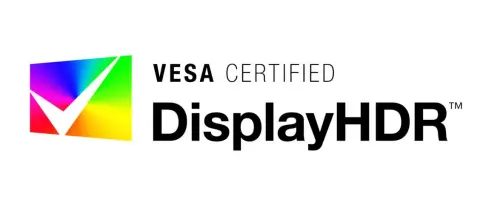
These standards are primarily distinguished by their color capabilities and peak brightness levels which are measured in nits. As the names suggest, HDR400, HDR600, and HDR1000 can reach peak brightness levels of 400, 600, and 1000 nits, respectively.
While this article deals with the DisplayHDR specification, which is geared for LCD displays, there is also a VESA specification designed specifically for emissive display technologies like OLED or Micro LED displays: DisplayHDR True Black.
HDR10 – The Standard
HDR10 is the most common HDR format and is widely supported across a range of devices. It uses a 10-bit color depth, which allows it to produce a billion different colors. This is a significant improvement over the 16.7 million colors offered by traditional 8-bit displays.
HDR10 also supports a peak brightness of up to 1000 nits, which is much brighter than the typical SDR display.
HDR10 relies on static metadata. This single set of brightness instructions applied to the entire content ensures compatibility but limits scene-by-scene optimization, available in more advanced HDR formats.
HDR10 uses Rec. 2020, wide gamut color space. For compressed video sources, HDR10 uses 4:2:0 color sub-sampling.
Compared to more advanced HDR standards like HDR10+, Dolby Vision or Hybrid Log Gamma, HDR10’s 1,000-nit maximum peak brightness might not showcase the full potential of HDR visuals on displays capable of higher nit levels.
When it comes to compatibility and content availability, HDR10 is currently the most widely adopted HDR standard. Many streaming services, including Netflix, YouTube, Disney+, and Apple TV+, offer HDR10 content. Additionally, most 4K UHD Blu-ray discs are mastered in HDR10.
HDR10 is also supported by a wide variety of companies, which include monitor and TV manufacturers such as Dell, LG, Samsung, Sharp, VU, Sony, and Vizio, as well as Sony, Microsoft, and Apple which support HDR10 on their PlayStation 4, Xbox One video game console, and Apple TV platforms.
HDR400 – The Entry-Level HDR
HDR400 is a specification by VESA DisplayHDR that means the display is HDR compatible at 400 nits. When you see a three-digit number next to the HDR abbreviation, that number is used to describe the maximum number of nits the display can support, which is essentially the brightness levels.
HDR400 monitors are entry-level HDR displays. Generally, most people agree that 400 nits are not bright enough. However, HDR400 is better than SDR or standard monitors, with VESA DisplayHDR 400 providing 95% of the sRGB color gamut.
HDR400 has a true 8-bit image, global dimming, minimum peak luminance of 400 cd/m2 in 10% center patch test and flash test, minimum peak luminance of 320 cd/m2 sustained for 30 minutes over the entire screen.

Comparison with HDR10:
- Lower Peak Brightness: Compared to HDR10, HDR400 displays deliver a less impactful contrast improvement.
- Limited Color Depth: HDR10 uses true 10-bit color depth, which offers smoother color gradients and richer visuals.
In terms of adoption, HDR400 is a common entry point for HDR on laptops and some budget-friendly TVs. It might be suitable for users seeking a basic HDR experience like watching streaming content that may not be mastered for the full potential of HDR.
HDR600 – The Middle Ground
HDR600 is a step up from HDR400 and is considered a middle-ground option within VESA’s DisplayHDR certification. It offers a minimum peak brightness of 600 nits, which is a significant improvement over the 400 nits offered by HDR400.
This increased brightness level allows for better contrast and more vibrant colors, enhancing the overall visual quality of the display.
HDR600 uses dithering techniques to simulate a 10-bit color depth. Dithering rapidly switches between similar color shades, creating the illusion of a wider color range.
HDR600 follows the DCI-P3 color gamut, hitting 90% coverage. It also introduces local dimming, which means that dimming can be varied across the monitor, leading to better contrast and more detailed images.
The peak luminance of 600 cd/m2 is achieved in both 10% center patch test and flash test, while a minimum peak luminance of 350 cd/m2 is sustained for 30 minutes over the entire screen.

When compared to HDR400, HDR600 offers several advantages. It provides a wider color gamut, which results in superior and more accurate colors. Local dimming gives better contrast to the image as different parts of the screen can be dimmed at different rates. This leads to a richer viewing experience.
Comparison with HDR10:
- Peak Brightness: HDR600 displays may not reach the full 1,000-nit peak brightness specified in HDR10.
- Local Dimming: While improved over HDR400, local dimming in HDR600 displays might not be as sophisticated as higher-tier HDR options.
HDR600 is a good choice for users seeking a more balanced HDR experience without breaking the bank. It offers a noticeable improvement over SDR and HDR400, making it suitable for gamers, movie enthusiasts, and content creators who want to enjoy HDR content with better contrast and color accuracy.
HDR1000 – The Premium Experience
HDR1000 is the top-tier standard in the HDR landscape, offering a peak brightness of 1000 nits. This is a significant improvement over the 600 nits offered by HDR600 and the 400 nits offered by HDR400.
The increased brightness level allows for better contrast and more vibrant colors, enhancing the overall visual quality of the display.
HDR1000 supports 10-bit imaging (using dithering techniques) and follows the DCI-P3 wide color gamut, hitting 90% coverage.
It uses advanced local dimming with a higher number of dimming zones which enables precise control over backlight levels, minimizing blooming and creating exceptional contrast for a truly immersive viewing experience.
The minimum peak luminance of 1000 cd/m2 is achieved in both 10% center patch test and flash test, while a minimum peak luminance of 600 cd/m2 is sustained for 30 minutes over the entire screen.
HDR1000 provides a more vibrant and dynamic visual experience compared to other standards. It improves the dynamic contrast ratio, brightening up colors significantly when displaying intensely clear dark colors. This results in a more realistic viewing experience.
As a downside, HDR1000 displays are typically the most expensive option due to the advanced technology involved.
Choosing the Right HDR Standard
When selecting an HDR standard, there are several key factors to consider. These include the type of content you will be watching or playing, the brightness and contrast of the display, the size and viewing angle, the ambient light in the room, and the resolution and refresh rate of the display.
| Feature | HDR400 | HDR600 | HDR1000 |
|---|---|---|---|
| Minimum Peak Brightness | 400 nits | 600 nits | 1,000 nits |
| Color Depth | 8-bit | 10-bit | 10-bit |
| Local Dimming | No | Improved | Advanced |
| Price | Most Affordable | Balanced | Premium |
| Benefits | Budget-friendly entry to HDR | Improved contrast and color depth over HDR400 | Best HDR performance, exceptional contrast and color accuracy |
| Limitations | Lower peak brightness, limited color depth | Lower peak brightness compared to HDR1000, local dimming might not be as sophisticated | Highest cost |
| Ideal for | Casual users seeking basic HDR | Gamers, movie enthusiasts seeking a balanced HDR experience | Enthusiasts, professionals requiring the best HDR performance |
If you’re a gamer or a movie enthusiast looking for the most immersive experience, you might want to opt for a higher standard like HDR1000 for its superior brightness and color reproduction. However, if you’re a casual viewer or on a budget, HDR400 or HDR600 might be more than sufficient for your needs.
HDR technology can significantly improve your viewing experience, but it’s also important to consider the cost. Higher HDR standards like HDR1000 generally come with a higher price tag due to the advanced technology and superior performance they offer.
On the other hand, lower HDR standards like HDR400 and HDR600 are more affordable and still offer a noticeable improvement over standard dynamic range displays. Therefore, it’s essential to balance the price with the performance improvements that different HDR standards offer and choose one that fits your budget and meets your viewing requirements.
HDR10 vs HDR400 vs HDR600 vs HDR1000 – Q&A
Is HDR10 the same as HDR 1000?
No, HDR10 and HDR 1000 are not the same. HDR10 is a base layer specifying 10-bit colors and a specific color gamut of the monitor. On the other hand, HDR1000 is a sub-standard of the VESA DisplayHDR standard that means a screen supports 1000 nits of peak luminance.
Is HDR 600 enough?
Yes, HDR 600 can provide a good HDR experience. It specifies that a screen can display a peak luminance of 600 cd/m2. However, for the best visual experience, monitors with 1000 nits of peak luminance (HDR 1000) are recommended.
What does HDR600 mean?
HDR600 is a certification from VESA’s DisplayHDR standard. It means that the display or monitor is capable of achieving a peak brightness of 600 nits, which is above the standard brightness level of SDR displays. This leads to more vibrant and lifelike colors and better contrast ratios.
Is HDR 400 good for gaming?
Yes, HDR 400 can be good for gaming. It provides better color depth and contrast than standard dynamic range (SDR) displays. However, for a more immersive gaming experience, higher HDR standards like HDR 600 or HDR 1000 are recommended as they offer higher peak brightness and better contrast ratios.
Is HDR10 or 400 better?
HDR10 is generally considered superior to HDR400. HDR10 supports wide color gamut and a 10-bit color depth, allowing for over a billion colors, and is capable of reaching a brightness level of up to 1,000 nits or more. It provides a dynamic picture quality with better contrast and color accuracy.
On the other hand, HDR400 refers to displays that can reach a maximum brightness of around 400 nits and usually come with the standard 8-bit color gamut. While HDR400 monitors are more affordable, they do not offer the same level of vivid display as HDR10.
Read Next


